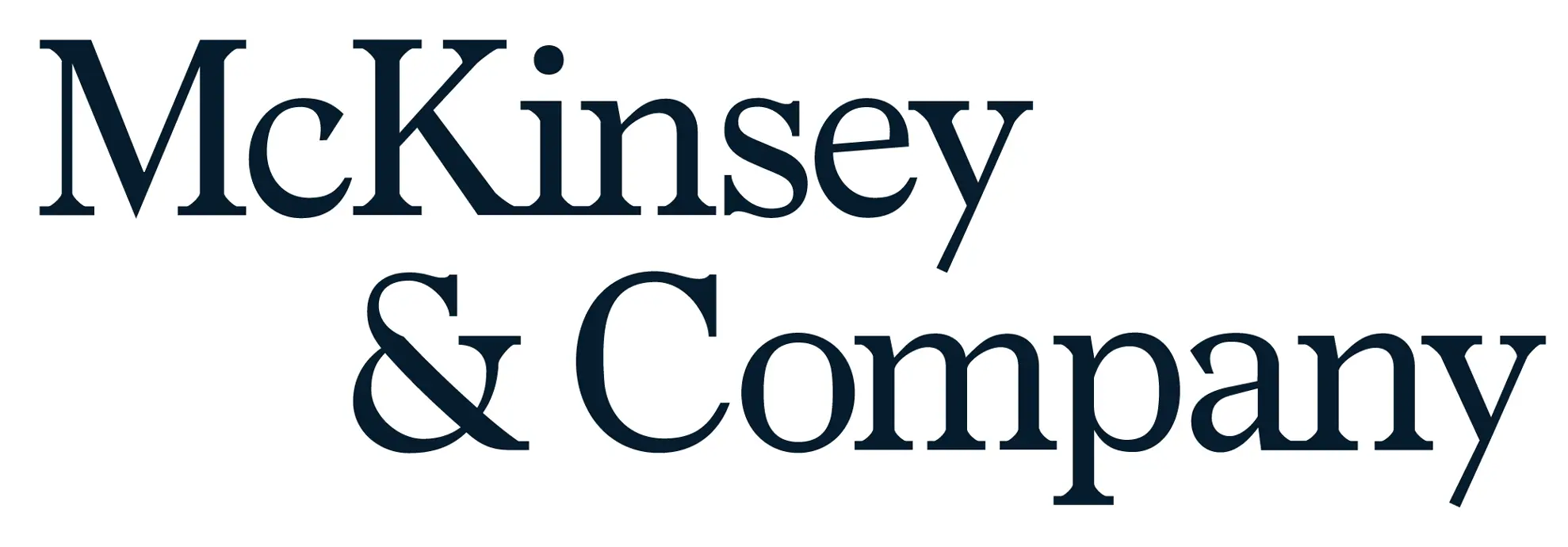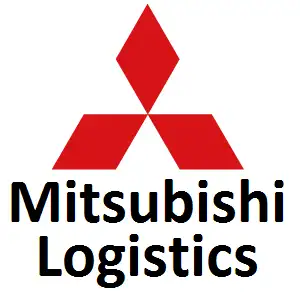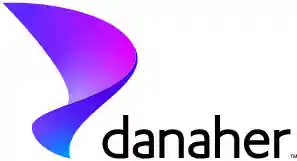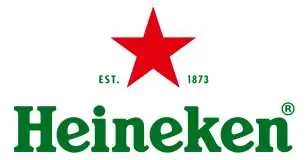
Remote Automotive Exhaust Sensing Market Growth, Size, Trends, Demand and Future Outlook
Remote Automotive Exhaust Sensing Market Size- By Component, By Application, By Fuel Type, By Vehicle Type- Regional Outlook, Competitive Strategies and Segment Forecast to 2033
| Published: Mar-2024 | Report ID: AMIN24106 | Pages: 1 - 235 | Formats*: |
| Category : Automotive & Transportation | |||
- August 2021: A three-year contract was awarded to Hager Environmental & Atmospheric Technologies (HEAT), Element Energy, and the International Council for Clean Transportation (ICCT). Transport Scotland awarded the contract for the installation of a monitoring network to use EDAR (Emissions Detection and Reporting) to identify emissions in real time on the roads in Scotland's largest cities.
- Gordan-Darby and the Arizona Department of Environmental Quality (ADEQ) inked a four-year deal in April 2020. Through the agreement, Opus' emission remote sensing technology in the form of a pilot program and the state's centralized emission testing program are implemented. With the contract, Gordan-Darby would include new features and technology into the vehicle check program

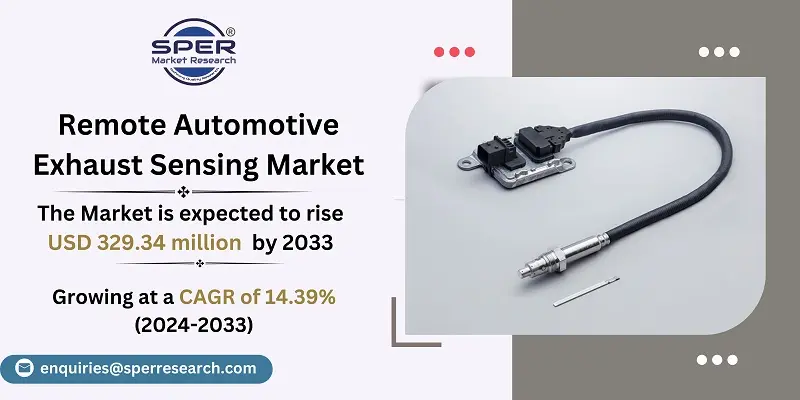
| Report Metric | Details |
| Market size available for years | 2020-2033 |
| Base year considered | 2023 |
| Forecast period | 2024-2033 |
| Segments covered | By Component, By Application, By Fuel Type, By Vehicle Type |
| Regions covered | North America, Asia-Pacific, Latin America, Middle East & Africa and Europe |
| Companies Covered | AECC (Automotive Exhaust Catalysts Corporation), Anhui Baolong Environmental Protection Technology Co, Ltd, Automotive Test Systems, Bosch, Delphi Technologies, Doppler Environmental Protection Technology Co, Ltd, Hager Environmental & Atmospheric Technologies |
- Automotive Manufacturers
- Government Agencies
- Automotive Aftermarket Companies
- Environmental Monitoring Organizations
- Others
| By Component: |
|
| By Application: |
|
| By Fuel Type: |
|
| By Vehicle Type: |
|
- Global Remote Automotive Exhaust Sensing Market Size (FY’2024-FY’2033)
- Overview of Global Remote Automotive Exhaust Sensing Market
- Segmentation of Global Remote Automotive Exhaust Sensing Market by Component (Hardware, Software, Services, Others)
- Segmentation of Global Remote Automotive Exhaust Sensing Market by Application (Carbon Monoxide, Carbon Dioxide, Nitrogen Oxide, Hydrocarbon, Particulate Matter, Others)
- Segmentation of Global Remote Automotive Exhaust Sensing Market by Fuel Type (Petrol, Diesel, Others)
- Segmentation of Global Remote Automotive Exhaust Sensing Market by Vehicle Type (Passenger Vehicles, Commercial Vehicle, Others)
- Statistical Snap of Global Remote Automotive Exhaust Sensing Market
- Expansion Analysis of Global Remote Automotive Exhaust Sensing Market
- Problems and Obstacles in Global Remote Exhaust Sensing Market
- Competitive Landscape in the Global Remote Automotive Exhaust Sensing Market
- Impact of COVID-19 and Demonetization on Global Remote Automotive Exhaust Sensing Market
- Details on Current Investment in Global Remote Automotive Exhaust Sensing Market
- Competitive Analysis of Global Remote Automotive Exhaust Sensing Market
- Prominent Players in the Global Remote Automotive Exhaust Sensing Market
- SWOT Analysis of Global Remote Automotive Exhaust Sensing Market
- Global Remote Automotive Exhaust Sensing Market Future Outlook and Projections (FY’2024-FY’2033)
- Recommendations from Analyst
1.1. Scope of the report1.2. Market segment analysis
2.1. Research data source2.1.1. Secondary Data2.1.2. Primary Data2.1.3. SPER’s internal database2.1.4. Premium insight from KOL’s2.2. Market size estimation2.2.1. Top-down and Bottom-up approach2.3. Data triangulation
4.1. Driver, Restraint, Opportunity and Challenges analysis4.1.1. Drivers4.1.2. Restraints4.1.3. Opportunities4.1.4. Challenges4.2. COVID-19 Impacts of the Global Remote Automotive Exhaust Sensing Market
5.1. SWOT Analysis5.1.1. Strengths5.1.2. Weaknesses5.1.3. Opportunities5.1.4. Threats5.2. PESTEL Analysis5.2.1. Political Landscape5.2.2. Economic Landscape5.2.3. Social Landscape5.2.4. Technological Landscape5.2.5. Environmental Landscape5.2.6. Legal Landscape5.3. PORTER’s Five Forces5.3.1. Bargaining power of suppliers5.3.2. Bargaining power of buyers5.3.3. Threat of Substitute5.3.4. Threat of new entrant5.3.5. Competitive rivalry5.4. Heat Map Analysis
6.1. Global Remote Automotive Exhaust Sensing Market Manufacturing Base Distribution, Sales Area, Ingredients6.2. Mergers & Acquisitions, Partnerships, Product Launch, and Collaboration in Global Remote Automotive Exhaust Sensing Market
7.1. Global Remote Automotive Exhaust Sensing Market Value Share and Forecast, By Component 2024-20337.2. Hardware7.2.1. Sensors7.2.2. Cameras7.2.3. Emission Monitoring Systems7.3. Software7.4. Services
8.1. Global Remote Automotive Exhaust Sensing Market Value Share and Forecast, By Application 2024-20338.2. Carbon Monoxide (CO)8.3. Carbon Dioxide (CO2)8.4. Nitrogen Oxide (NOx)8.5. Hydrocarbon8.6. Particulate Matter
9.1. Global Remote Automotive Exhaust Sensing Market Size Value Share and Forecast, By Fuel Type 2024-20339.2. Petrol9.3. Diesel
10.1. Global Remote Automotive Exhaust Sensing Market Size Value Share and Forecast, By Vehicle Type 2024-203310.2. Passenger Vehicles10.3. Commercial Vehicles10.4. Others
11.1. Global Remote Automotive Exhaust Sensing Market Size and Market Share
12.1. Global Remote Automotive Exhaust Sensing Market Size and Market Share, By Component (2020-2026)12.2. Global Remote Automotive Exhaust Sensing Market Size and Market Share, By Component (2027-2033)
13.1. Global Remote Automotive Exhaust Sensing Market Size and Market Share, By Application (2020-2026)13.2. Global Remote Automotive Exhaust Sensing Market Size and Market Share, By Application (2027-2033)
14.1. Global Remote Automotive Exhaust Sensing Market Size and Market Share, By Fuel Type (2020-2026)14.2. Global Remote Automotive Exhaust Sensing Market Size and Market Share, By Fuel Type (2027-2033)
15.1. Global Remote Automotive Exhaust Sensing Market Size and Market Share, By Vehicle Type (2020-2026)15.2. Global Remote Automotive Exhaust Sensing Market Size and Market Share, By Vehicle Type (2027-2033)
16.1. Global Remote Automotive Exhaust Sensing Market Size and Market Share, By Region (2020-2026)16.2. Global Remote Automotive Exhaust Sensing Market Size and Market Share, By Region (2027-2033)16.3. Asia-Pacific16.3.1. Australia16.3.2. China16.3.3. India16.3.4. Japan16.3.5. South Korea16.3.6. Rest of Asia-Pacific16.4. Europe16.4.1. France16.4.2. Germany16.4.3. Italy16.4.4. Spain16.4.5. United Kingdom16.4.6. Rest of Europe16.5. Middle East and Africa16.5.1. Kingdom of Saudi Arabia16.5.2. United Arab Emirates16.5.3. Rest of Middle East & Africa16.6. North America16.6.1. Canada16.6.2. Mexico16.6.3. United States16.7. Latin America16.7.1. Argentina16.7.2. Brazil16.7.3. Rest of Latin America
17.1. AECC (Automotive Exhaust Catalysts Corporation)17.1.1. Company details17.1.2. Financial outlook17.1.3. Product summary17.1.4. Recent developments17.2. Anhui Baolong Environmental Protection Technology Co., Ltd.17.2.1. Company details17.2.2. Financial outlook17.2.3. Product summary17.2.4. Recent developments17.3. Automotive Test Systems17.3.1. Company details17.3.2. Financial outlook17.3.3. Product summary17.3.4. Recent developments17.4. Bosch17.4.1. Company details17.4.2. Financial outlook17.4.3. Product summary17.4.4. Recent developments17.5. Delphi Technologies17.5.1. Company details17.5.2. Financial outlook17.5.3. Product summary17.5.4. Recent developments17.6. Doppler Environmental Protection Technology Co., Ltd.17.6.1. Company details17.6.2. Financial outlook17.6.3. Product summary17.6.4. Recent developments17.7. Hager Environmental & Atmospheric Technologies17.7.1. Company Details17.7.2. Financial outlook17.7.3. Product summary17.7.4. Recent developments17.8. Others
SPER Market Research’s methodology uses great emphasis on primary research to ensure that the market intelligence insights are up to date, reliable and accurate. Primary interviews are done with players involved in each phase of a supply chain to analyze the market forecasting. The secondary research method is used to help you fully understand how the future markets and the spending patterns look likes.
The report is based on in-depth qualitative and quantitative analysis of the Product Market. The quantitative analysis involves the application of various projection and sampling techniques. The qualitative analysis involves primary interviews, surveys, and vendor briefings. The data gathered as a result of these processes are validated through experts opinion. Our research methodology entails an ideal mixture of primary and secondary initiatives.
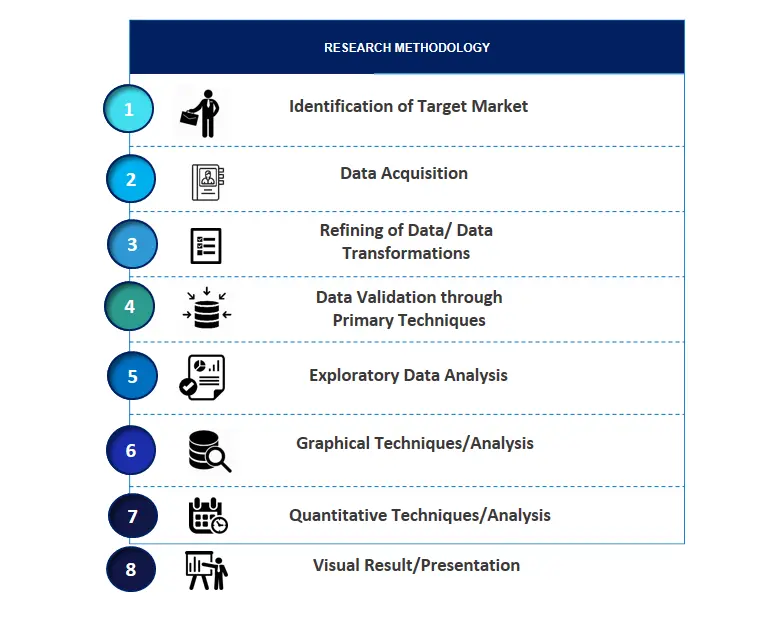
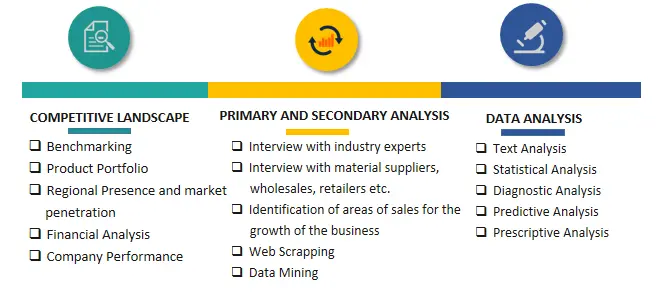

Frequently Asked Questions About This Report
PLACE AN ORDER
Year End Discount
Sample Report
Pre-Purchase Inquiry
NEED CUSTOMIZATION?
Request CustomizationCALL OR EMAIL US
100% Secure Payment






Related Reports
Our Global Clients
Our data-driven insights have influenced the strategy of 200+ reputed companies across the globe.






